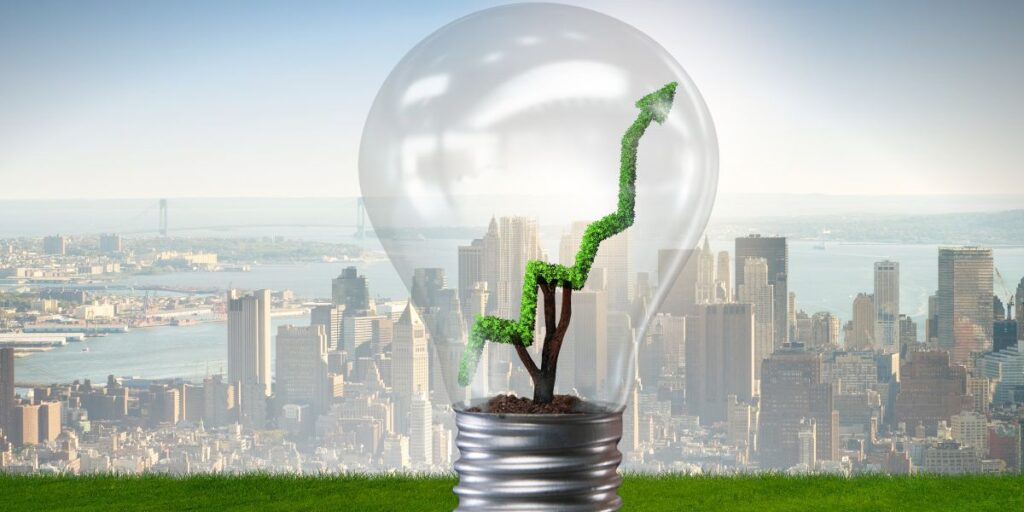Introduction
In an era marked by environmental consciousness and a drive toward sustainable solutions, green energy has emerged as a powerful force of change. This article will serve as your comprehensive guide to green energy, its significance, various forms, and the pivotal role it plays in reducing carbon footprints, combating climate change, and shaping a cleaner, more sustainable future.
Understanding Green Energy
Green energy, also known as renewable energy, is generated from sources that are naturally replenished and have minimal environmental impact. It’s a critical component of the global effort to transition away from fossil fuels and reduce our carbon footprint. Here’s why green energy matters:
- Environmental Stewardship: Green energy sources produce little to no greenhouse gas emissions, making them vital in mitigating climate change and preserving the environment.
- Energy Security: By harnessing local renewable resources, regions can reduce their dependence on imported fossil fuels, boosting energy security and fostering economic growth.
- Economic Benefits: The green energy sector fosters innovation, creates jobs, and drives economic growth. It offers opportunities for local industries to flourish.
Forms of Green Energy
Green energy comes in various forms, each with its unique advantages and applications:
- Solar Energy: Solar panels convert sunlight into electricity, providing a clean, renewable energy source for residential, commercial, and utility-scale use.
- Wind Energy: Wind turbines capture the kinetic energy of the wind to generate electricity. Wind farms are increasingly common, providing a sustainable source of power.
- Hydropower: Hydropower, also known as hydroelectric power, harnesses the energy of flowing water to generate electricity. It’s one of the oldest and most widely used forms of green energy.
- Biomass Energy: Biomass materials, such as agricultural waste, wood, and organic matter, can be converted into biofuels and biogas for energy production.
- Geothermal Energy: Geothermal energy taps into the Earth’s internal heat to generate electricity and provide heating and cooling solutions.
Embracing Green Energy
- Solar Panels: Consider installing solar panels on your home or business to harness clean, renewable energy from the sun. Numerous incentives and rebates make this transition more accessible and cost-effective.
- Wind Turbines: If you have suitable land or access to community wind projects, wind turbines can provide a reliable source of green energy.
- Support Renewable Energy Providers: Choose electricity providers that offer renewable energy options, allowing you to power your home with 100% green energy.
- Energy Efficiency: Reduce energy consumption by adopting energy-efficient appliances, LED lighting, and proper insulation, further decreasing your carbon footprint.
- Advocate for Green Policies: Support policies and initiatives that promote the growth of green energy sources at local, state, and national levels. Your voice can make a difference in shaping a sustainable future.
Conclusion
Green energy is not just a buzzword but a transformative force that empowers us to make sustainable choices. By embracing renewable energy sources such as solar, wind, hydropower, biomass, and geothermal energy, we can collectively reduce our environmental impact and pave the way for a cleaner, brighter world. As the world embraces green energy solutions, we find ourselves on the precipice of a future defined by sustainability, balance, and environmental responsibility.
To stay informed about the latest developments in green energy and its real-world applications, visit MapEnergy.com. Your ultimate resource for all things related to sustainable living and green energy, where you can explore the path to a greener and more environmentally friendly future.
